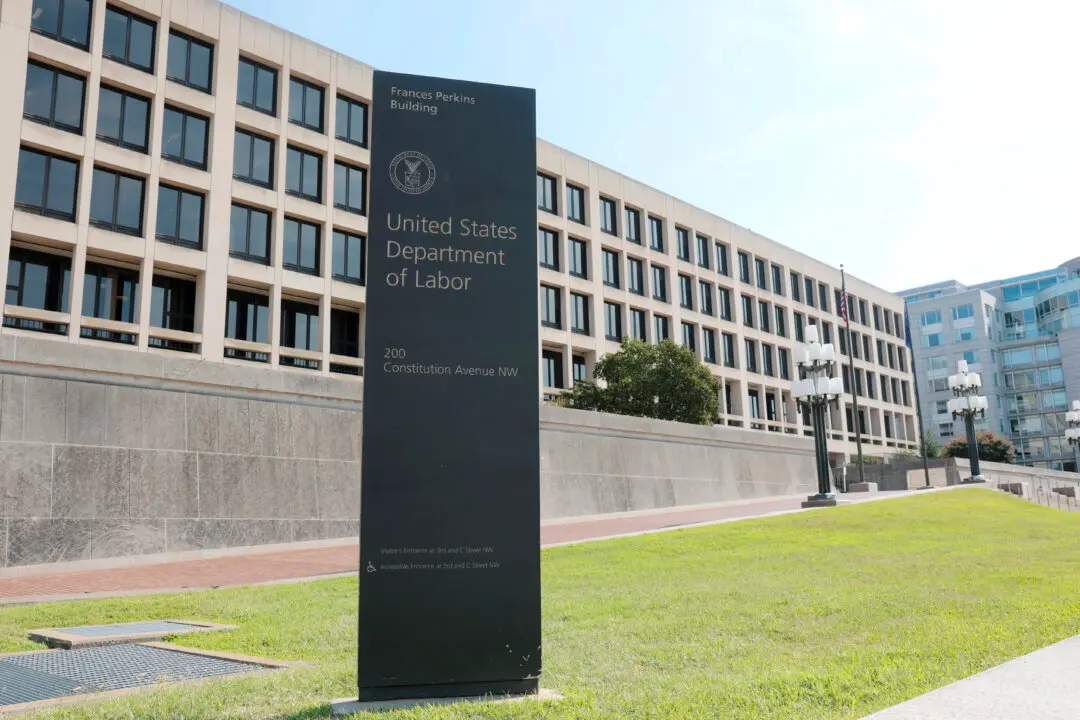Commentary
The large data sets on the cost of living and the cost of children are instructive. But nothing compares with the anecdotes you hear from people who once thought they were prosperous but now wonder if they can really get by while completely ruling out the idea of having and raising children. It’s a genuine shift and one that is devastating for the future.





